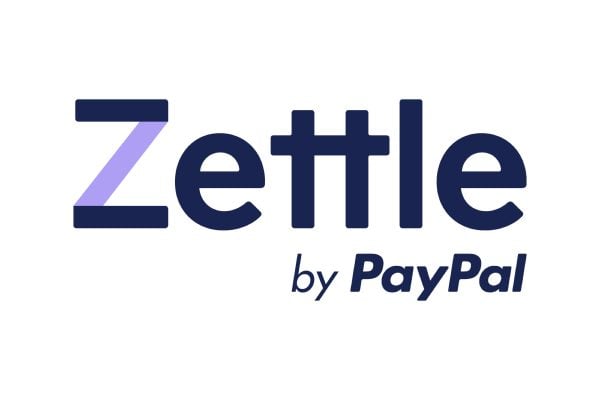Last night, Chris linked to a post on the official PayPal blog which talked about how to handle disputes with buyers. While that post did contain some good advice – primarily, don’t get emotional about it – I know I wasn’t the only one who felt that it was written by someone who’d never been at the sharp end of a PayPal dispute. So today, here is how to deal with a PayPal dispute if you’re a real seller:
Know what you’re getting into
It scares me how many sellers haven’t read PayPal’s terms and conditions at all, and do not have the first idea of just what they’ve signed up for by accepting PayPal payments. Know that when you take a PayPal payment, it must be
- going to a confirmed address
- by trackable means,
- and you must follow the rest of PayPal’s requirements.
Every single one of the above must apply, or if the buyer claims their order has not been received, you will lose your money.
However, there are some things you can do to mitigate this less-than-ideal situation:
Don’t let it get as far as a dispute
In my experience, most PayPal disputes come from buyers who can’t be bothered to deal with the situation, they just want their money back. In part, I think this is due to the message that permeates every communication from eBay and PayPal, that tells buyers “you can’t trust sellers: stick with us and we’ll protect you”. Buyers who have had bad experiences with other sellers are also less likely to communicate with subsequent sellers, but jump straight for the jugular.
All you can do with this culture is to try to encourage buyers to communicate with you.
- Buyers who’ve had at least an email from you saying you’ve dispatched their goods are more likely to see you as someone with whom they can communicate.
- Dispatch notifications and packing slips should both say that if there is any problem, they should contact you.
- If you sell higher-ticket items, publish a phone number which gets answered by a human being.
- And it should go without saying that you check and respond to your email regularly (my last chargeback was from a buyer who’d emailed me on Saturday night during the TameBay birthday party. She hadn’t had a response by 8am Sunday morning, so she filed a chargeback).
Don’t encourage bad buyer behaviour
Putting messages in your listings like “we are not responsible for items lost in the post” is just encouraging your buyers not to bother communicating, but to go straight for the chargeback. Don’t do it. You *are* responsible for items lost in the post, both by UK law, and by PayPal’s terms and conditions. Accept your responsibilities.
Plan for chargebacks
If you sell online, chargebacks will happen.
Manage the risk. If you’re unhappy with accepting payment in a transaction that will not qualify for seller protection, you’re within your rights to refuse PayPal payments (section 3.7 of the user agreement), but equally, eBay buyers are within their rights to neg you for doing so. We’d like to see the facility in the UK (which exists in the US) for sellers to block buyers who don’t qualify for seller protection.
Insure against losses. PayPal themselves have accidentally admitted that sellers’ ability to comply with SPP rules can be limited. Shipping by trackable means is essential here, but low-cost, high-volume sellers often complain that they don’t have the time to fill out hundreds of Recorded Delivery slips every day, and that competitive marketplaces don’t have room for sellers to insist on the extra postage cost for RD.
One option to combat this is to “self-insure”: to add on a little to either item cost or P&P fees to cover losses in transit and other chargeback scenarios. High street retailers typically do this to cover shoplifting and in-store damage, which they call “shrinkage”: I’m told up to 2% of purchase price may represent this amount.
Online sellers vary in how much they need to allow for shrinkage. In my own experience, problems from clothes sales are much more frequent than from bead sales. Perhaps now is a good time to take a look at what went astray last year, and plan accordingly.
Don’t let the scare stories scare you
eBay message boards, news articles and forums are full of horror stories: of course, “eBay seller sold something, buyer happy” isn’t much of a story. Remember that most eBay transactions, most of the time, go just fine: and with a little planning, even the problem ones needn’t upset you or your business.










4 Responses
Super post Sue, really helpful. Thanks 🙂
And much more sensible than the Paypal “essay”….8)
I thought we couldn’t add “self insurance”…I found this on Ebay:
Insurance: Sellers offering insurance may only charge the actual fee for insurance. No additional amount may be added, such as “self-insuranceâ€. Sellers who do not use a licensed third-party insurance company may not require buyers to purchase insurance.
That’s correct, Pete – *IF* you are using the “insurance” box. That’s completely seperate to the P&P amount – some sellers use this to include courier insurance fees or RD or whatever – wrongly if you ask me. Buyers expect to see a P&P fee and not an additional amount for insurance. But there is no rule to say that your P&P fees or your item cost cannot include an amount which you allocate to cover items lost in the post: it would be absolute nonsense for anyone to say you can’t do so, because – whether you cost it seperately or not, you *have* to cover such costs as part of the costs of you doing business.